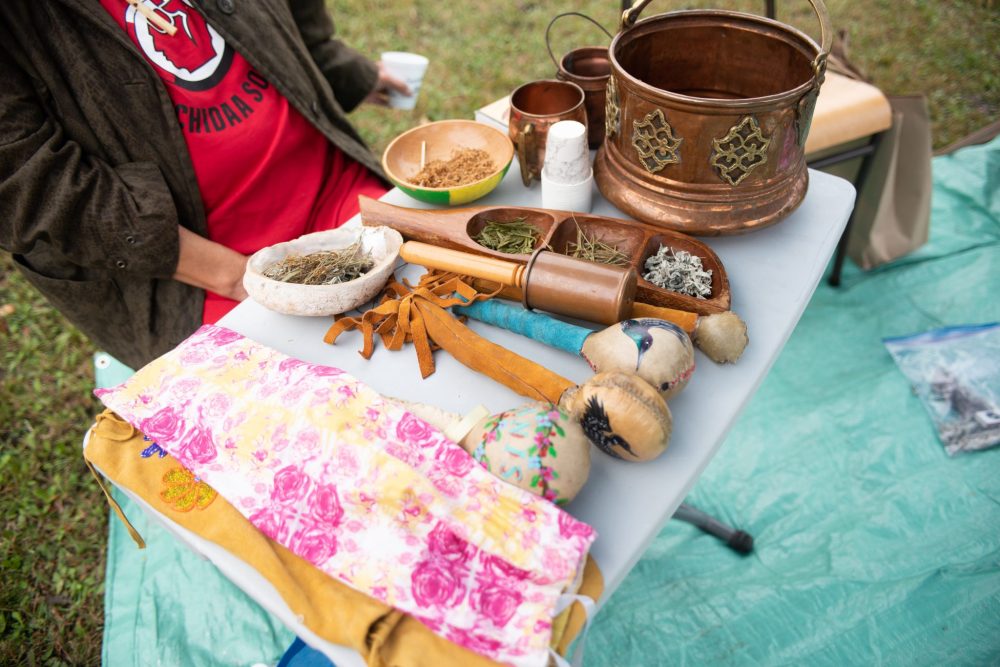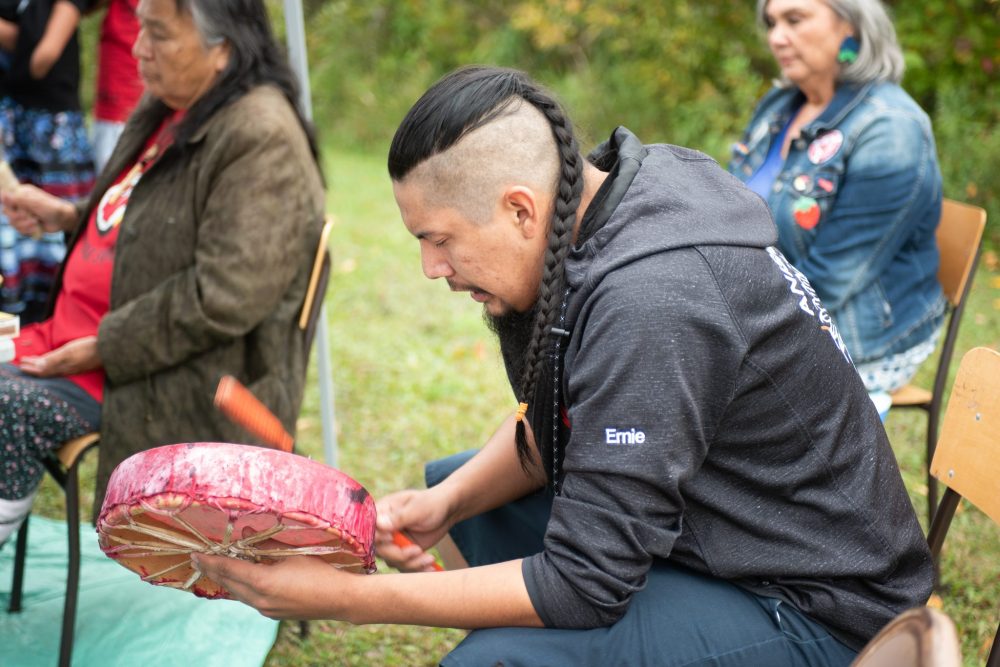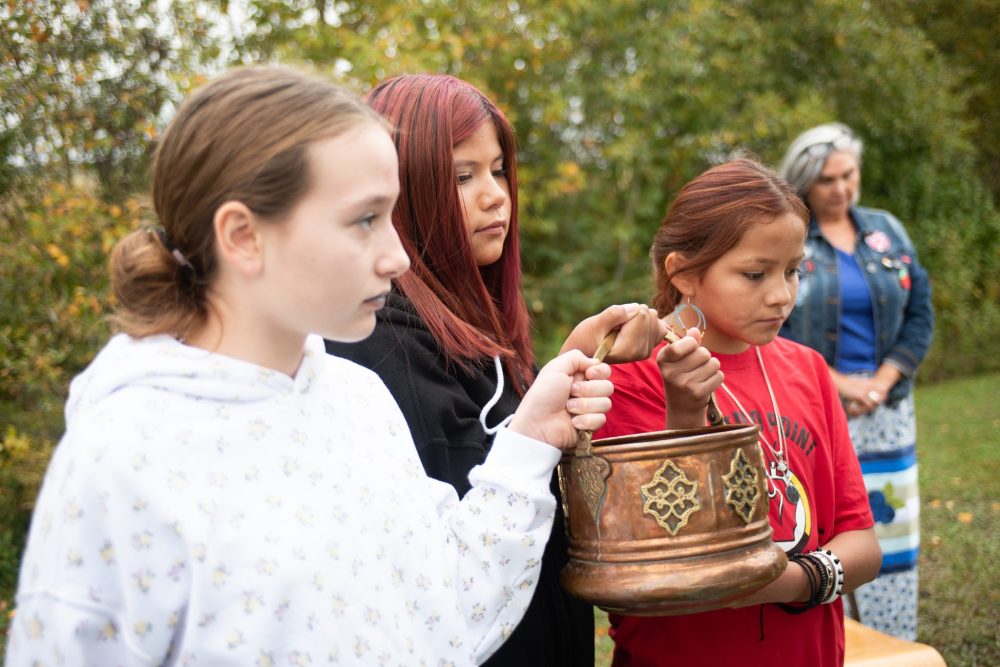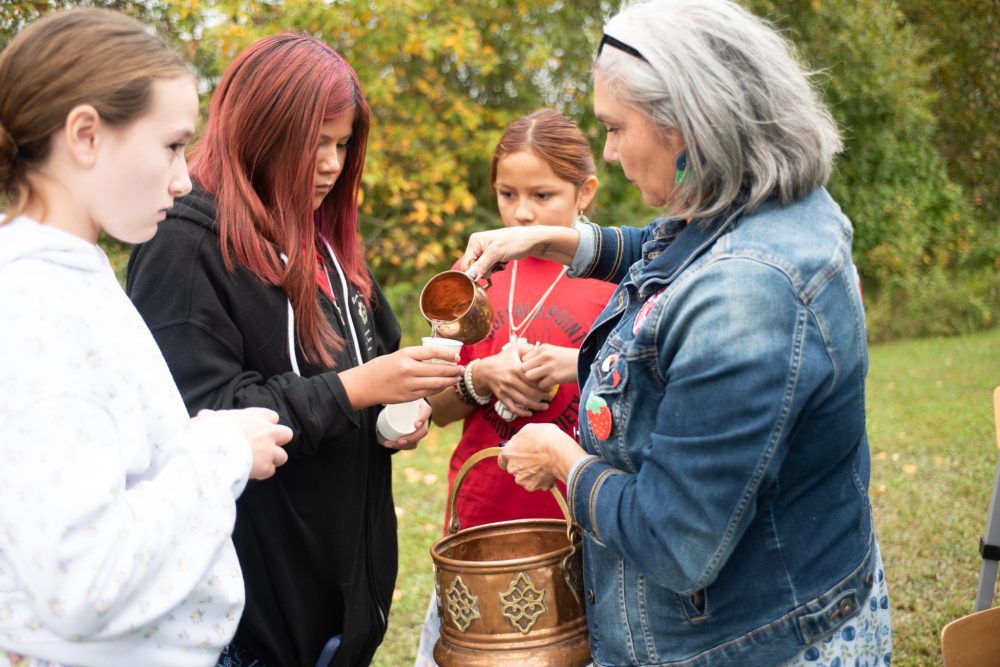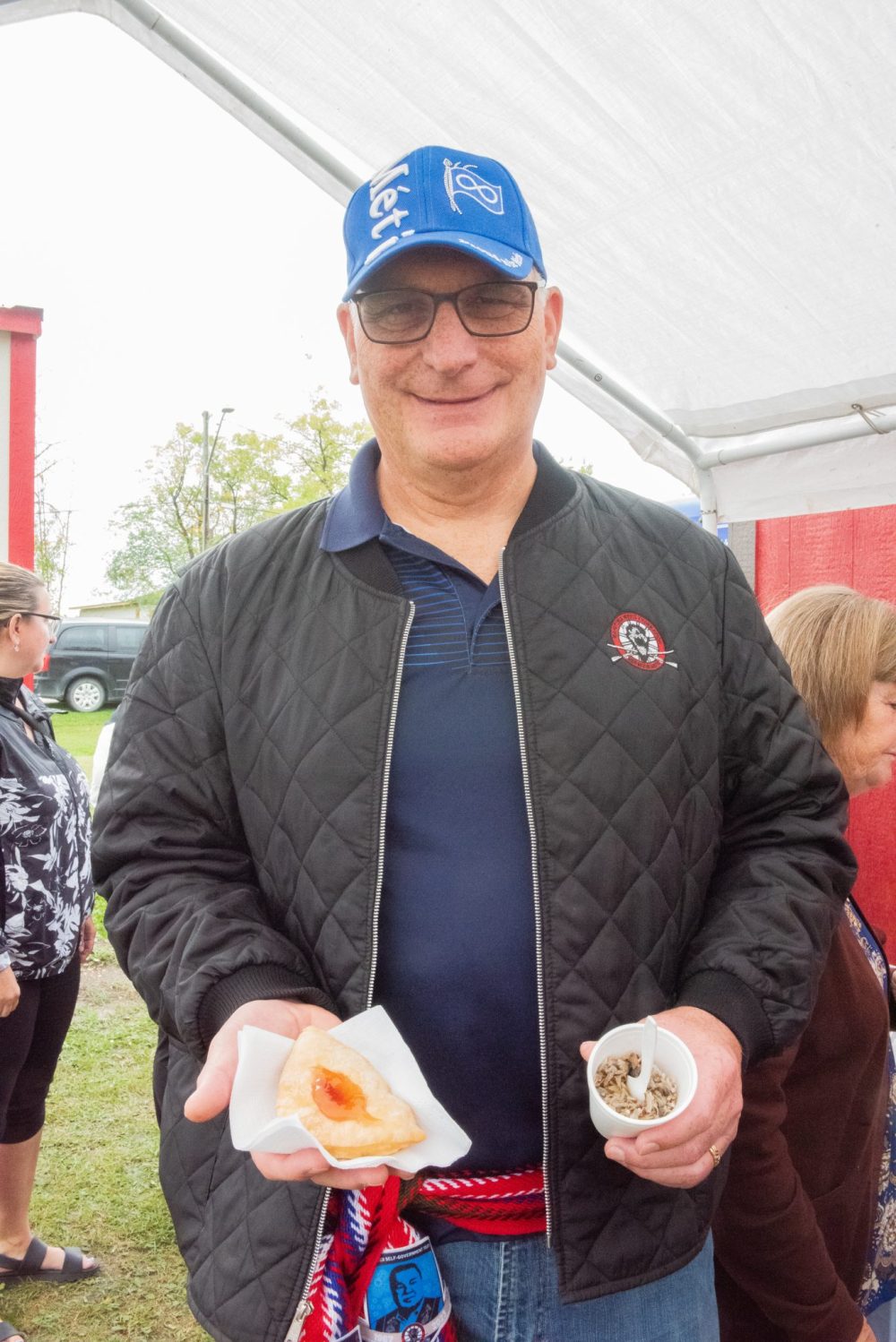Indigenous building in Sprague means acknowledgement
Advertisement
In the spirit of truth and reconciliation and preserving history, Sept. 20 saw the grand opening of the Indigenous building at Sprague and District Historical Museum.
“Acknowledgement. For years our people haven’t been acknowledged in a rightful meaning, if you will, as the people of this territory, part of this community,” said Ernest Cobiness, an elder at Buffalo Point First Nation who performed the pipe ceremony at the opening of the Indigenous building.
The 12-feet by 40-feet building will house important artifacts such as a baton that was used in a 1980 powwow in Sprague, items made from leather and bead work, Indigenous medicines, and paintings from famed Indigenous Group of Seven artist Eddy Cobiness and artist Robert Kakayseesick. Planted outside the Indigenous Building is medicine garden where tobacco, sage, sweetgrass, and cedar will be planted next spring.
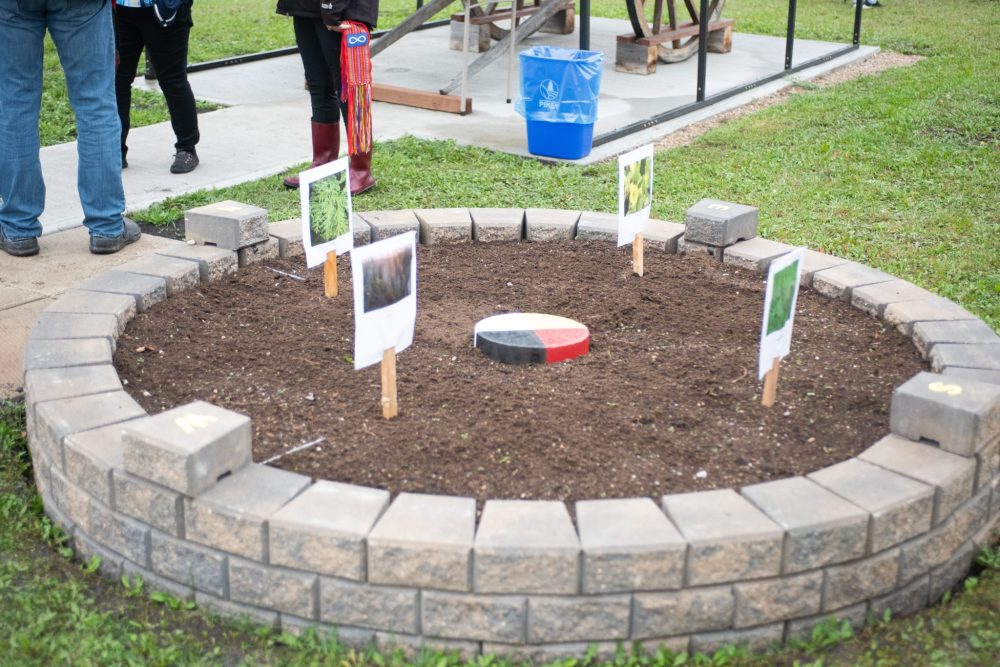
Eddy is the father of Ernest. Eddy died in 1996. Cobiness gave a presentation on his father during the event. Known as one of the founders of the Indigenous Group of Seven, Eddy’s artwork is characterized by scenes of outdoor life and nature. He began with realistic scenes and then evolved into more abstract work. His work is held in many museums, art galleries, and personal collections, including Queen Elizabeth II’s personal collection.
“We’ve always been a part of this community, like I said, we went to school here, grew up here, my kids, now my grandkids are attending school here, so we’ve been a part of this community forever, even the first foundation of this community, my great-great-grandfather and then we’re here.
“So it means a lot to me to know that it would acknowledge my family and myself and when I say that, I mean that in the most humble way, you know, being acknowledged as an Ernie Cobiness or part of the Cobiness family and we’ve always learned to walk in humbleness and walk in prayer and acknowledge our people. If it wasn’t for the ones that are supporting us, we wouldn’t get to where we are.
“So it’s very heartwarming. I wish my father was here to see it and to be a part of this, but he did his part to get where we are. That’s why we are here today, because of his art.”
Cobiness said Canada has a “deep, dark history” with residential schools and other historical injustices through the centuries. He thought the event on Saturday was a good start towards reconciliation. Cobiness said Indigenous people and communities have always been around and will always be around. He said there is a lot of work that needs to be done.

“Our people need a lot of healings and so does the non-Natives. We can heal together and build a brighter future. So it does mean a lot and it starts off with education, communicating with each other, showing each other respect. That’s a big thing. So I’m glad I could see that in (the Indigenous Building) that we’re being acknowledged, my family, if you will, our people.”
Cobiness performed a pipe ceremony where he smoked tobacco from a traditional pipe that belonged to his father. He is the pipe carrier in his community. He said the ceremony acknowledged the opening of the building, the people who are there, his father and his ancestors, understanding, and friendship.
“That acknowledgement means a lot because that means they’re taking that extra step to understand, to heal themselves of the racism and the bigotry, the name-calling, the stereotyping and the kids in school, the bullying. We need to understand that we have to educate them in a better way, in a different sense that to treat each other with respect and love.”
Elder Marilyn Nelson performed a water ceremony at the event where she blessed a pail of water and handed out cups of the blessed water for the attendees to drink after the ceremony.
“Water is life,” she said. “You know, pretty soon, we won’t even have water to drink. I mean, it’s so dirty. Every time you want water, you have to pray with it.”
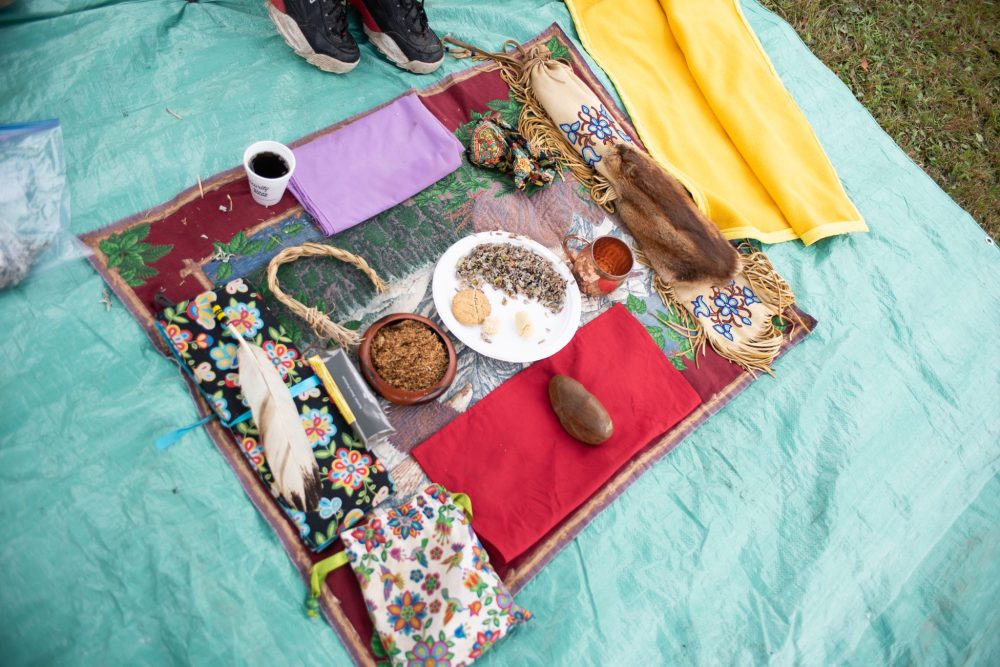
During the ceremony she would shake a rattle four times symbolizing the four directions. “There’s spirits there in each direction and they’re looking after us and they hear our call of life they’ll give you that life. That life is beautiful.”
Ernest Cobiness Jr. was helping with his father’s pipe ceremony by beating the drum and singing a song. He said the indigenous building is important for the community.
“It’s important for the people in the community to understand that our rights in the community are still lively and still around and our people are still living. I think it’s really respectful that they opened an Indigenous building for the community to understand our rights and where we came from.”
